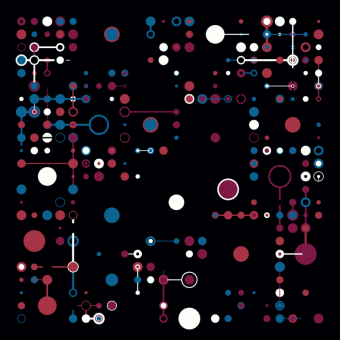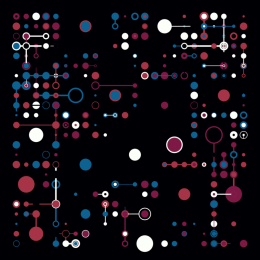
Seminar
Indexes
Quantitative surveys. Social Science Toolkit
Wednesday 4 December 2024Wednesday 4 December 2024
From 3 to 6 PM
Image

ENS-PSL, salle de conférences du Centre Sciences des Données
ENS-PSL
45 rue d'Ulm
75005Paris
France
48.8418371, 2.3440403
Seventh session of the course "Enquêtes quantitatives. Boîte à outils pour sciences sociales", given by Théo Boulakia.
You've built a model. It's certainly wrong (they all are). But maybe it's useful. The aim of this session is to give you a number of keys to answer these two questions: How wrong is my model? Does it serve a purpose? By models, we mean the more or less complicated machines that statisticians build to make predictions based on a set of clues. The social sciences, which are less concerned with predictions, more commonly use models to test the existence of a causal link between two phenomena. Building on the previous session, we will present Bayesian versions of simple models, for regression tasks (number of people who will vote for X in the next election) and classification tasks (probability that X will be elected). We'll show how to evaluate the quality of the predictions made by these models.
Wednesday 4 December 2024



